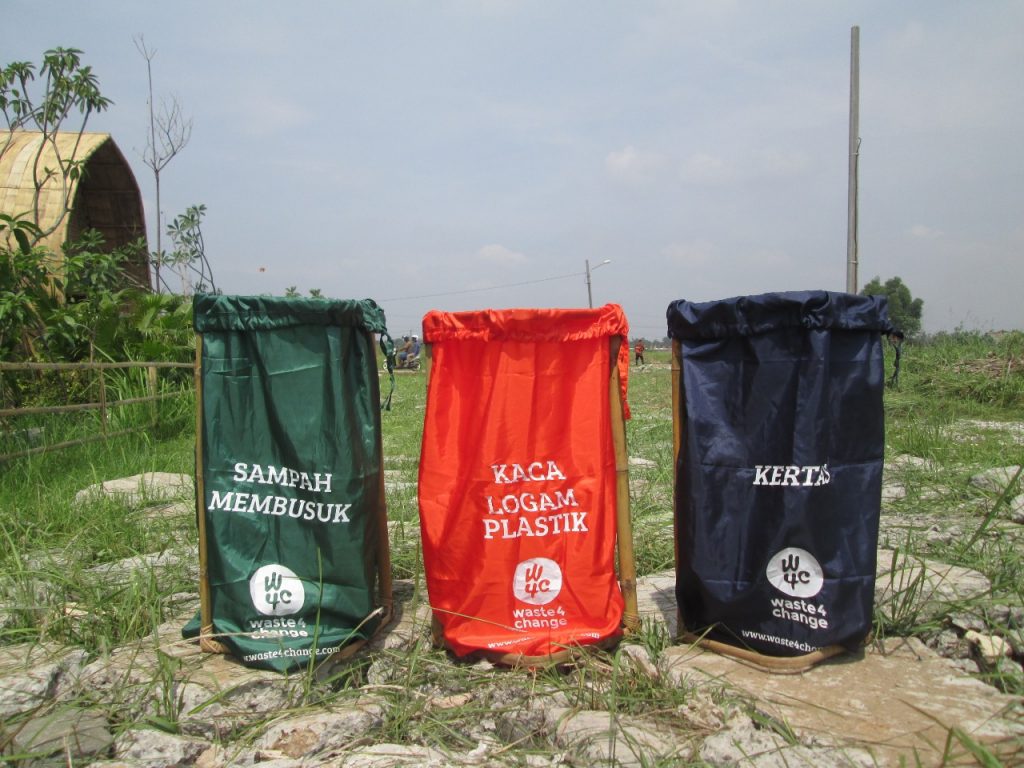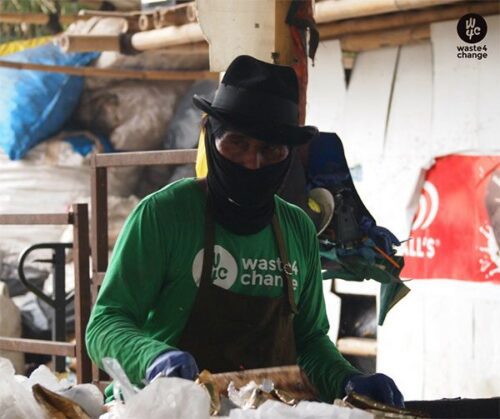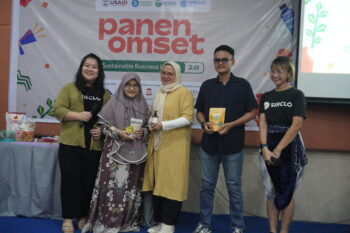How to Sort Your Waste – the Waste4Change Way
Many people ask us to share some information on how to sort/segregate waste. This post will answer your burning questions on what kind of waste should go to one bin and not to the other bin—the Waste4Change way.

Have you read our post about how South Korea and Germany sort their garbage? If you do, you’ll probably have already got the idea about the benefits of sorting garbage in our everyday life.
Separating waste in a proper and correct way is the most basic thing one could do in order to preserve the environment. It may look like a trivial thing, just a mere daily chore, but the simple task could actually give a significant impact to our planet.
Waste4Change’s 5 Categories of Waste
So here it is. Waste4Change currently divides your trashes into 5 categories:
- Organic Waste: food waste, chicken bone, fish spine, leaves
- Glass/Metal/Plastic: plastic bottle, plastic bag, plastic packaging, plastic cup, plastic cutleries, plastic stationery, glass bottle, drink cup, jar, pin, metal stationery, can
- Paper: HVS paper, cardboard, Tetra Pak, food/beverage carton, paper bag, paper cup
- Hazardous and Toxic Waste (B3 – Bahan Beracun dan Berbahaya): lightbulb, electronic waste, printer ink
- Residue: sachet, Styrofoam, foam, textile, wet tissues, wet and dirty carton/paper from food packaging, plastic soiled with oil



Frequently Asked Questions: Waste Sorting & Categories
We know you have so many questions in your mind, so here’s our detailed explanation:
Why does Waste4Change separate paper waste from the rest of inorganic waste?
The reason why we separate paper waste specifically from the other inorganic materials such as glass, metal, and plastic is to ensure that no wet waste is mixed with paper.
The more type of waste put together in one bin, the greater the chance of having food or drinks waste left behind, so we want to avoid that as best as we can.
As you might already know, the paper is best recycled in a dry condition and the quality of paper will be decreased once contaminated with water, so it’s better to put it as far as you can from any wet materials.
What should we do with our inorganic/recyclable waste?
You can distribute your inorganic/recyclable waste to your nearest Waste Bank or recycling agent. If you find it hard to go to Waste Bank, you can also send it to the Waste4Change head office or you can visit our packaging waste dropping points in our Instagram account (@waste4change).



What should we do with our organic waste?
Organic waste can easily degrade so you can make it into a compost or you can make your own biopori absorption hole in your own backyard. Steps and way to make compost and biopori will be posted in another article, so don’t miss it!
What is a residue?
The residual waste is the type of trash that cannot be recycled further and most likely will end at the landfill. Different countries have different technologies available, so there’s a chance that what is considered as waste residue in one place, might be different from the other place.
Wet carton or paper from food packaging is considered as residue because it’s quite difficult to be processed into a good recycled material. We categorized wet tissues as a residue for a hygienic reason: we want to protect our workers from biohazard threat.
We have separated our waste, but what should we do with the residue?
By separating your waste in a proper and correct way, you have already helped to avert 80% of your waste from going to landfill, and that’s a good thing. If you care so much (and we really believe that you do), the next thing you could do is to avoid using products that would create residue in the end.
What should we do with our hazardous and toxic waste?
Waste4Change is currently still working on our hazardous and toxic waste processing procedure, but worry not and keep on separating your hazardous and toxic waste because there are many waste agents and Trash Bank that will accept your hazardous and toxic waste.
For instance, if you’re living in Jabodetabek area (Jakarta, Bogor, Depok, Tangerang, Bekasi), you may contact @ewasterj (Instagram) to process your hazardous and toxic waste.



Waste4Change provides 4 types of service:
- Consult -> Feasibility Study, 3R Program
- Campaign -> Event Waste Management, AKABIS (Waste Management Academy), EDUBIS (Waste Management Education)
- Collect -> Residential Waste Collecting, Commercial Waste Collecting
- Create -> Composting and Recycling
We’re doing continuous efforts to help establish a better waste management system in Indonesia!
Got More Questions?
If you’re interested in receiving more information about how Waste4Change sorts and process waste, and maybe have some inquiries about our services, send us your thoughts, we would love to accommodate your curiosity.
Drop your questions here to chat with our team.
Read the article in the Indonesian version here.



